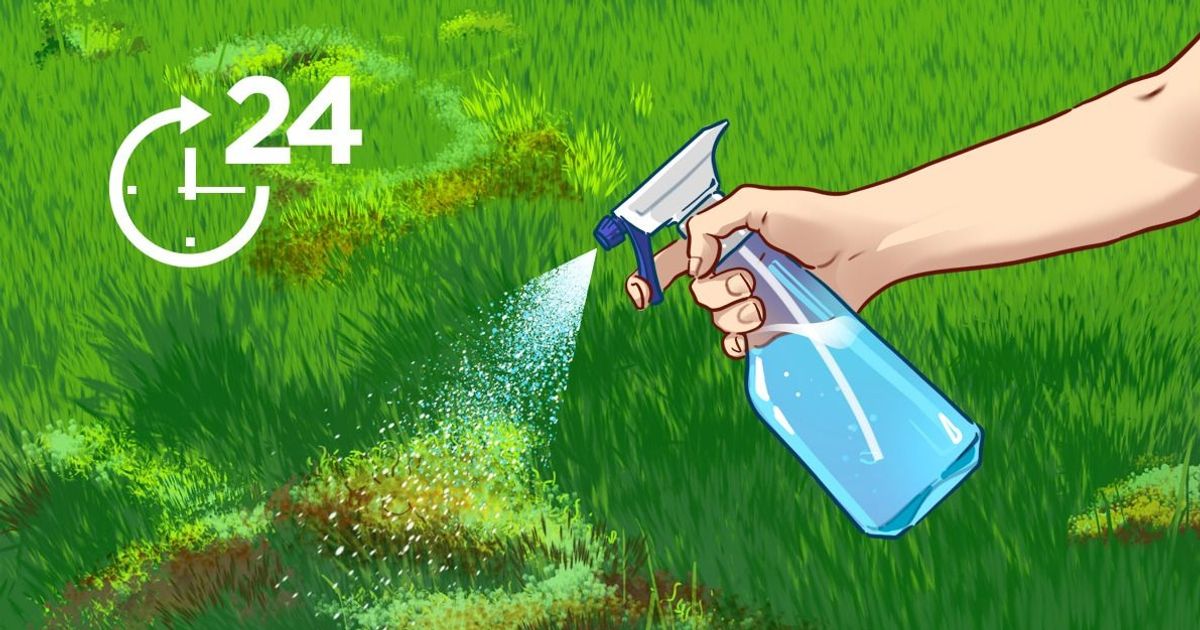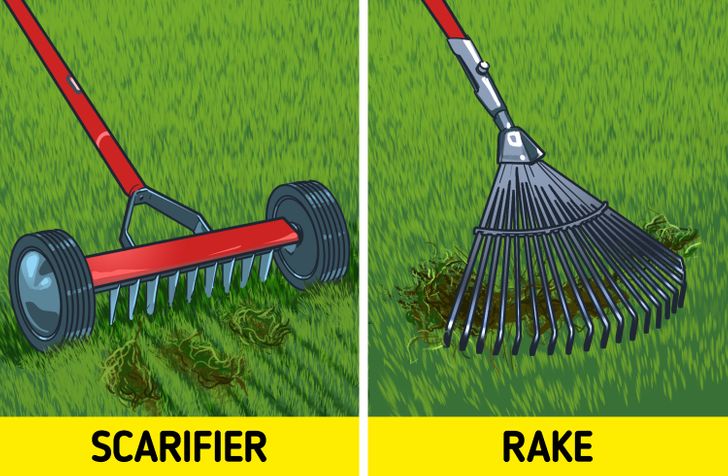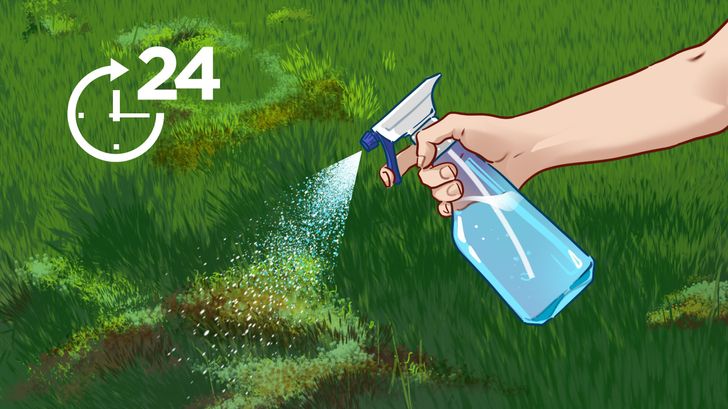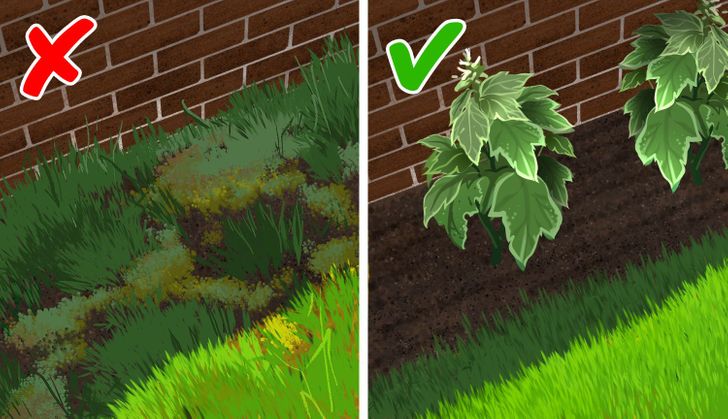How to Get Rid of Moss on the Lawn

The good news is that moss doesn’t overtake or destroy lawns as other undesirable plants can do. It simply tries to fill empty areas where grass doesn’t grow due to the bad soil condition. Just be sure to spot the issue in time, fix it, and carry on through prevention.
Luckily, 5-Minute Crafts knows how to get rid of moss once and for all to restore your lawn and make it look nice again.
Methods for removing moss from the lawn

1. Use a scarifier mower or conventional lawnmower with a separating blade. It will help get outside the thick layer of dead grass that accumulates between the soil and the live lawn as well as get rid of the moss.
2. Use a rake. It’s useful when you need to remove a small area of moss on the lawn or leftovers after having mowed the lawn with a scarifier. Rake it at different angles to weaken moss roots and lift them up. Then collect all the unnecessary stuff and throw it in the garbage or a bin for compost.

3. Use natural remedies. Dilute a mixture of dish soap, water, and vinegar at a ratio of 100 g to 1 gallon to 1 tbsp, respectively. Spray the solution on the moss and leave it for 24 hours. The moss will turn yellow and die within this time.
4. Use herbicides. Choose products with fatty acids or carfentrazone as active ingredients. Make sure to read labels and follow all precautions when you use pesticides. However, remember that using herbicides to kill moss won’t keep it from coming back.
💡 Tip: Combine physical and chemical methods to achieve a better result.
The reasons why moss appears and how to prevent it

❌ The soil is too wet. This can be due to excess watering or stagnant water, the excess of which has nowhere to drain.
✅ Decrease watering to improve the situation. Conduct aeration of the lawn or install underground drainage lines.
❌ There’s too much of a shadow. Moss prefers shady areas, such as under trees, behind rocks, or behind buildings.
✅ Since most types of grass grow best in the sun, plant-shade areas with shrubs or perennials, such as rhododendron, pachysandra, and ajuga.
❌ The soil has become sour or barren. It’ll be impossible to grow a nice-looking lawn in such conditions, whereas moss, in its turn, will appear quite fast.
✅ Check the pH level with a soil acidity meter. Once you’ve determined the degree of acidity, you can choose the right fertilizer and supplements. Most lawns require a soil pH of about 6. Anything below this level is a good environment for growing moss. If you need to increase acidity, add lime.
❌ The soil is strongly compacted. It negatively affects the growth of the grass, preventing water and nutrients from reaching the roots, and at the same time, it doesn’t stop the moss from growing.
✅ Loosen hard soil with aerators. Do this procedure every year or loosen up the lawn as needed.